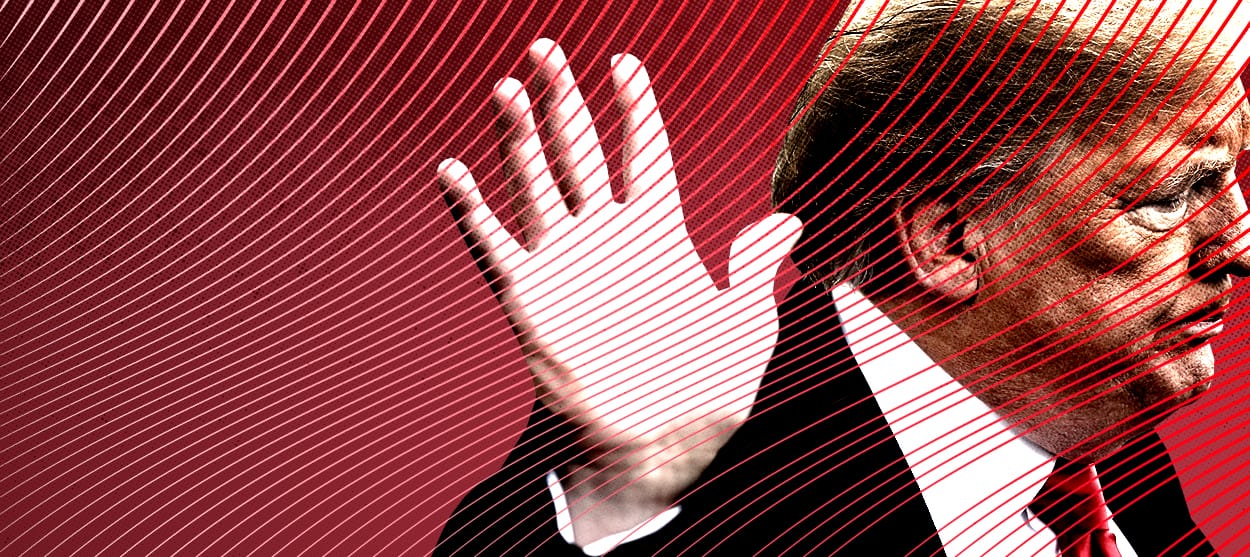Trump Administration Eyes Fed Leadership Shift Amid Tariff-Induced Economic Strain

As the U.S. braces for the economic impact of steep new tariffs, the Trump administration is reportedly preparing to make a major change at the top of the Federal Reserve. Treasury Secretary Scott Bessent has confirmed that interviews are underway to find a replacement for current Fed Chair Jerome Powell—well before his term expires in May 2026.
The move signals a proactive effort to position a new leader at the Fed who may be more aligned with Trump’s anticipated economic strategy, particularly in response to the turbulence expected from upcoming trade policies.
Powell, who has helmed the Federal Reserve since 2018, has faced mounting criticism from Trump allies for maintaining high interest rates despite signs of economic softening. In a recent televised statement, Bessent stressed the toll these rates have taken on working-class Americans, especially over the past two years. “We’re set on bringing interest rates down,” he said.
This strategic shake-up comes as Trump proposes a sweeping 125% tariff on Chinese imports. According to an April 11 report by the Tax Foundation, such tariffs could shrink U.S. GDP by 1.3% in the long term and cost the average American household $1,300 in 2025 alone. If foreign retaliation affects $330 billion in U.S. exports, the total economic contraction could reach 1.0% of GDP.
Facing this economic headwind, the administration appears to be laying the groundwork for a monetary policy pivot in 2026—potentially marked by rate cuts and fiscal stimulus. Critics argue Powell’s leadership at the Federal Open Market Committee (FOMC) has been too cautious in loosening monetary policy, citing the Fed’s insistence on seeing more progress in controlling inflation before cutting rates.
In contrast, the Trump team is reportedly focused on ensuring the Fed is prepared to support economic growth through what it expects to be a turbulent 2025. Sources suggest that replacing Powell with someone more responsive to policy coordination could pave the way for a swifter recovery.
Economist-led forecasts echo this thinking. According to The Kobeissi Letter, “This sets up perfectly for 2026 to be the year of interest rate cuts and economic stimulus, with the newly appointed Fed Chair.”
Jerome Powell's tenure has been marked by complex economic challenges—from the pandemic-era recession and recovery, to navigating post-COVID inflation. While praised for stabilizing financial markets during volatile periods, his reluctance to accelerate rate cuts has fueled friction with Trump-aligned economic advisors.
In a recent post on Truth Social, former President Trump criticized Powell’s approach, urging the Fed to act swiftly: “The Fed would be much better off cutting rates as US tariffs start to transition their way into the economy. Do the right thing.”
With nearly 13 months left in Powell’s term, the administration’s early start on a replacement underscores a clear desire to align the Fed more closely with its economic vision—a vision shaped by protectionist trade policies and a willingness to lean into aggressive monetary easing.